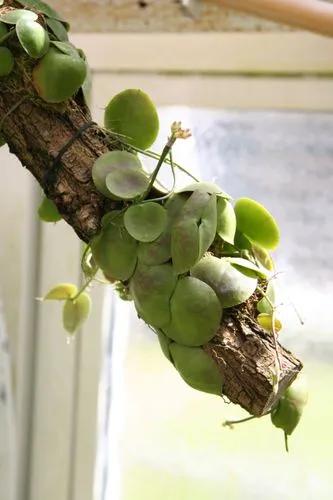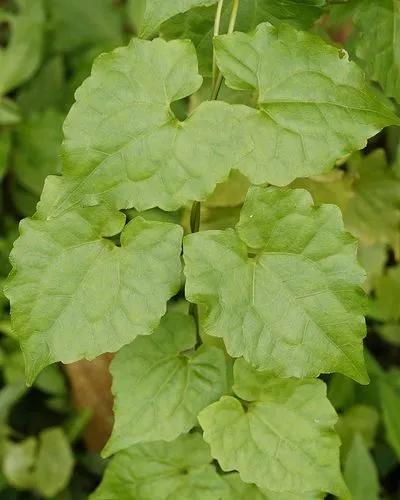Ceratozamia hildae, commonly known as the bamboo cycad, is a species of cycad in the family Zamiaceae that is endemic to Mexico. Ceratozamia hildae inhabits deciduous oak woodlands at elevations of 850–1,300 m.
Bamboo Cycad Care
Ceratozamia hildae



Ceratozamia hildae is one of many species of Mexican cycad commercially exploited and is a prime example of a plant seriously threatened by trade. It is estimated that thousands of plants were removed from habitat and that only small and scattered subpopulations remain. Ceratozamia hildae is critically endangered and near to extinction in the wild, although abundant in cultivation. The bamboo cycad is an acaulescent fernlike perennial plant. It is unique among cycads, having as many as three or occasionally five or six (or more) fasciculate leaflets clustered at the nodes along the rachis (arising from a single point in a whorl and appearing as though they are divided) giving this cycad bamboo like appearance. The specific name "hildae" honors Hilda Guerra Walker, daughter of the commercial Collector Luciano Guerra who first collected this plant in the 1950s.
How to Care for the Plant

Water

The plant has average water needs and needs regular waterings. C. hildae is prone to "leaf tip burn", which usually is a result of salt build-up in the soil. Irrigating with purified water or regular deep waterings can help to minimize this effect.

Fertilizer

Because of its growth habit, fertilize with a slow-release fertilizer only when terminal bud begins to swell, indicating the start of the annual growth cycle. You can also feed your bamboo cycad with a palm special-type fertilizer. However, cycad roots "fix" nitrogen and are therefore self-fertilizing.

Sunlight

It prefers bright light exposure but thrives in either shade or full sun; best with some protection from afternoon heat but not in constant deep shade. The amount of light only seems to affect the overall leaf length.

Soil

Needs a neutral or slightly alkaline, well drained sandy soil spot, with deep soil, but will still thrive in less than ideal conditions. Mulch with organic materials (bark or leaf mould).

Temperature

Ceratozamia hildae is remarkably cold tolerant. It should be protected from extreme cold but plants survive freezing conditions as low as -9° C for short periods of time, regularly enduring temperature well below -1° C each winter

Container

This plant can be grown in containers. Choose a container with enough drainage holes.

Popularity

14 people already have this plant 5 people have added this plant to their wishlists
Discover more plants with the list below
Popular articles






